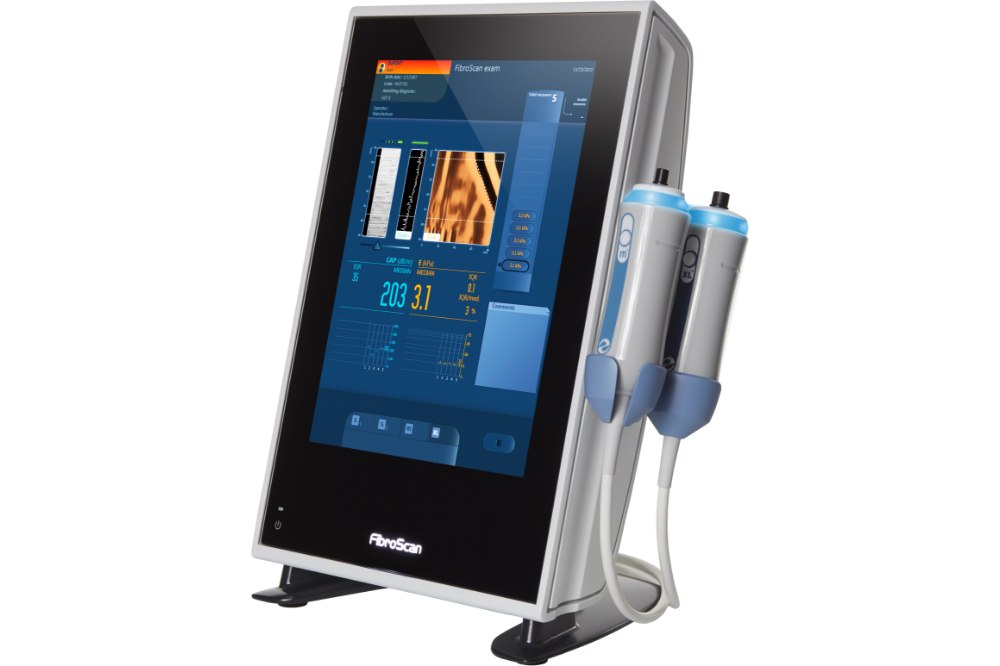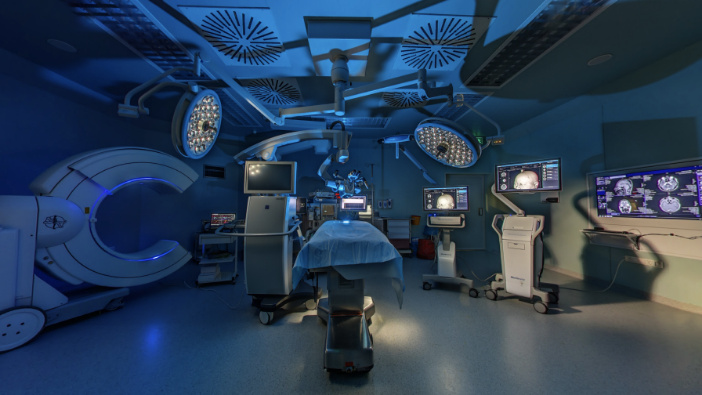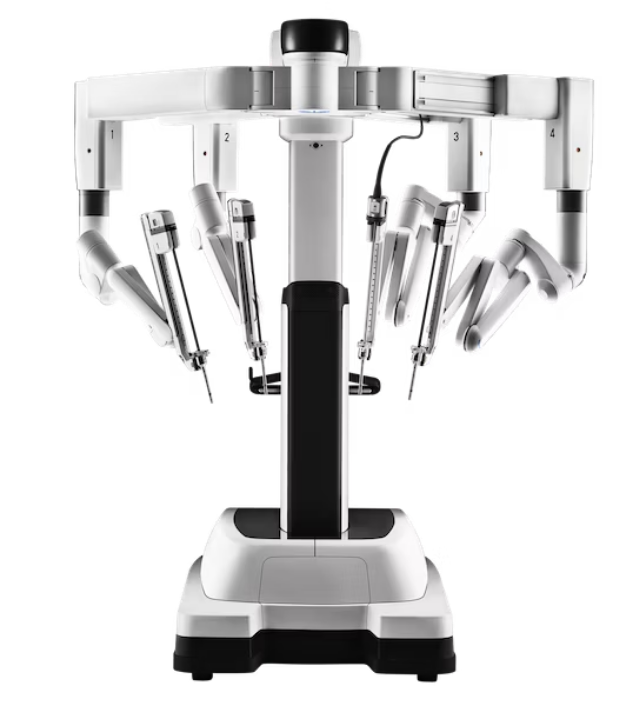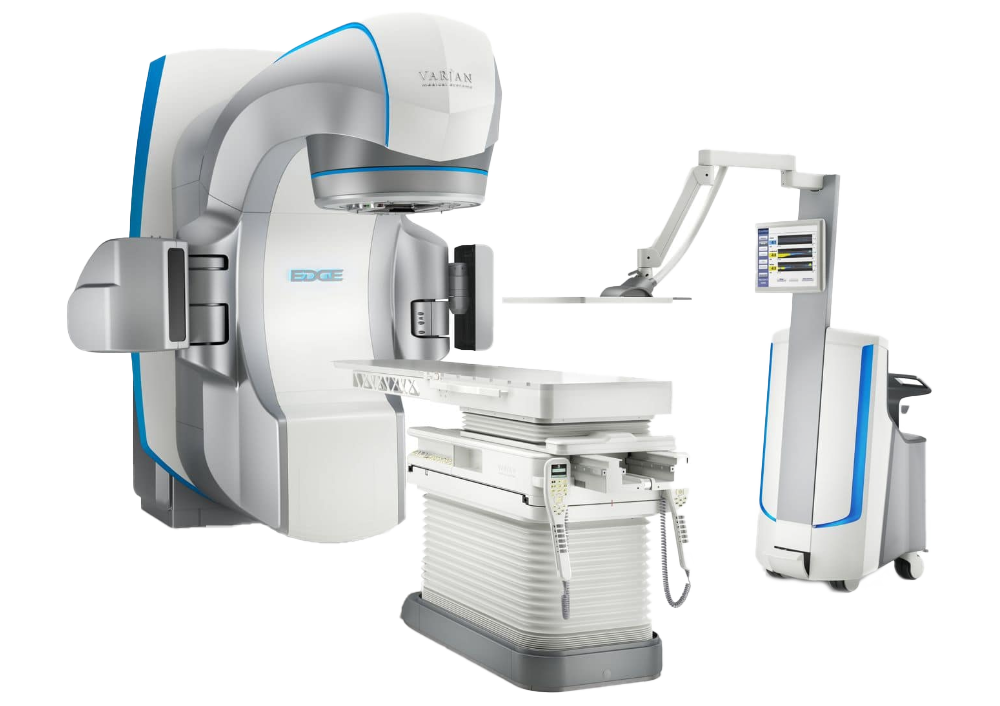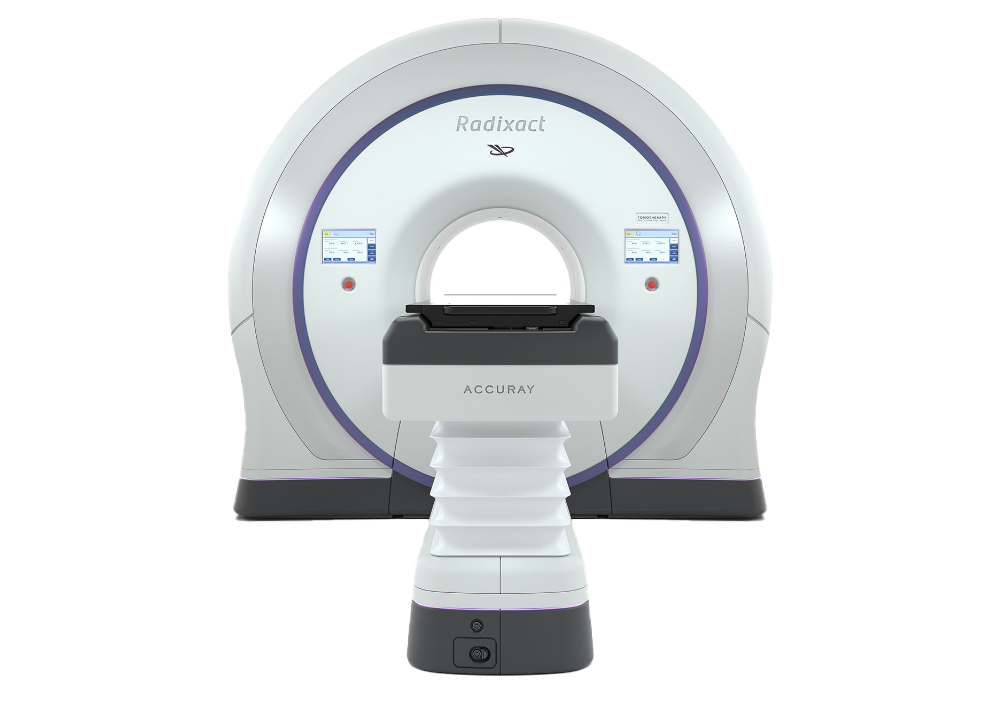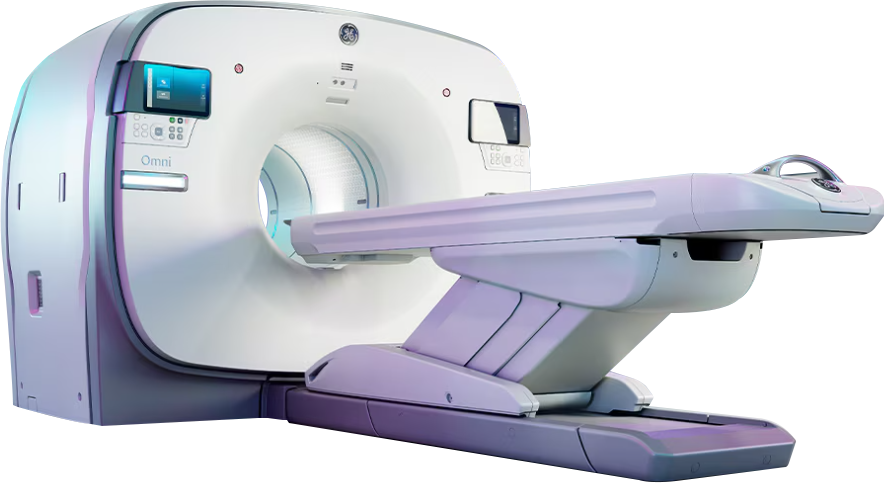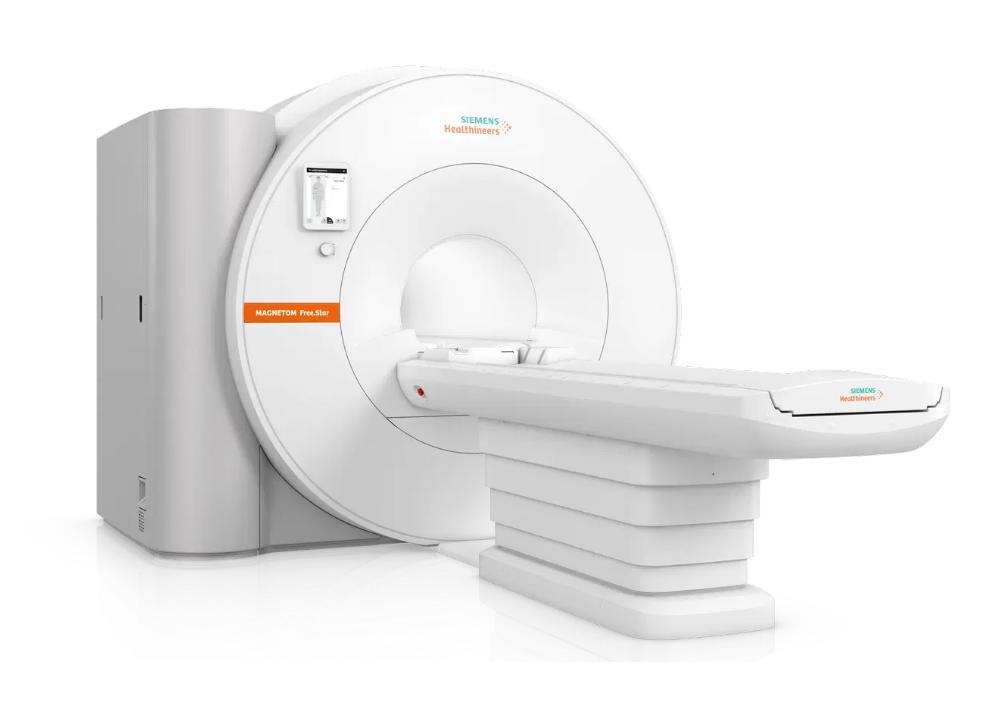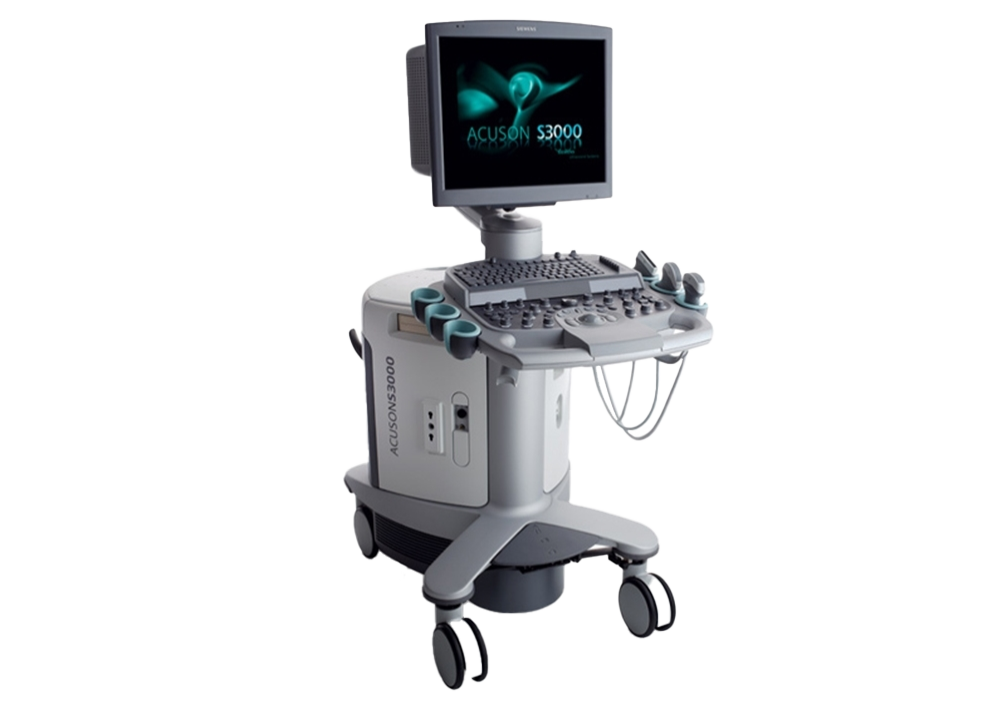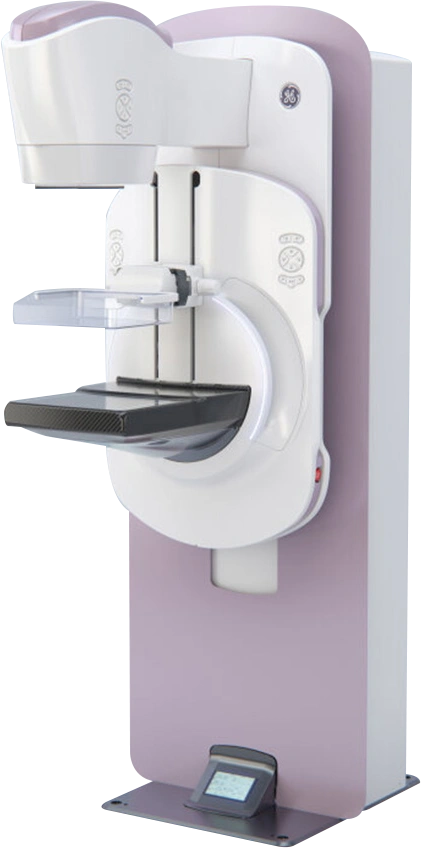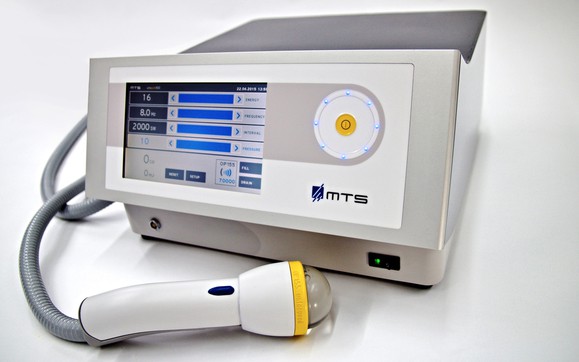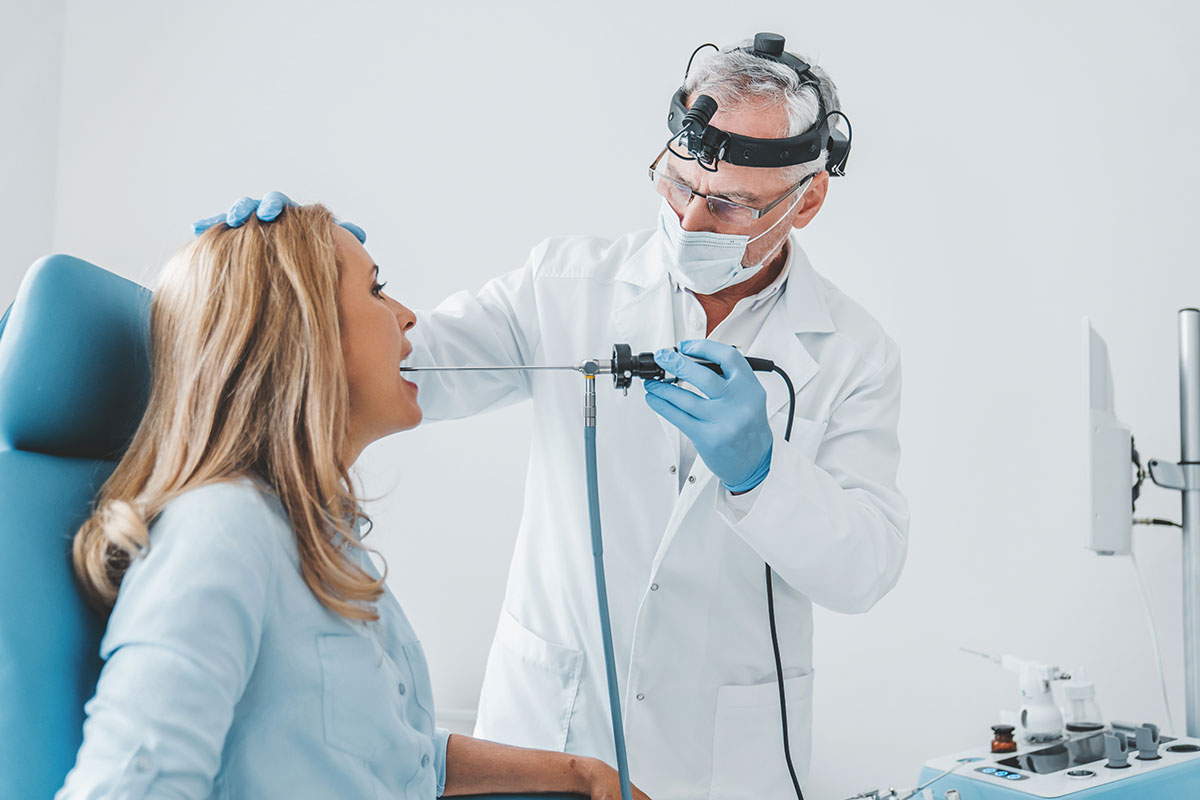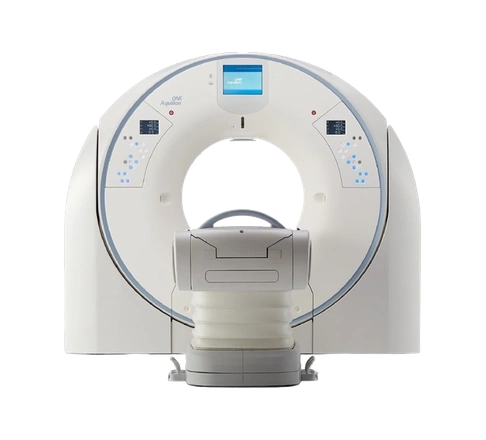Intraoperative Radiotherapy
What is intraoperative radiotherapy?
Treatment times for breast cancer have significantly decreased. Generally, breast cancer treatment involves a surgical procedure to remove the tumor, followed by several weeks of radiation therapy. With "intraoperative radiotherapy," radiation therapy is administered immediately after the tumor is removed during the surgery. This means that the 6-week radiation therapy can be completed in just 30-40 minutes.
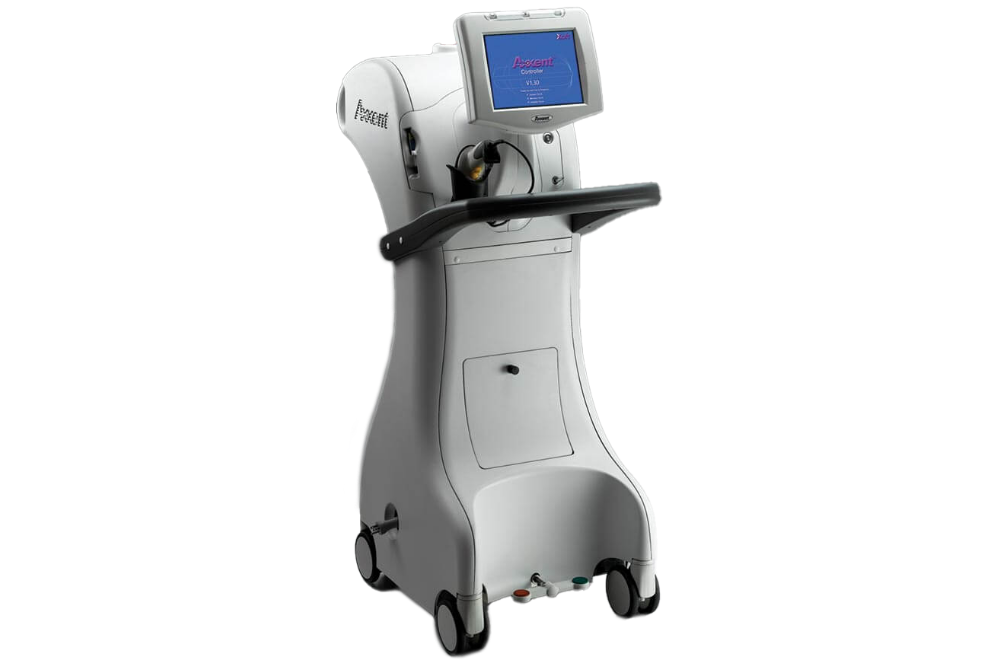
What are the advantages of intraoperative radiotherapy?
Radiation therapy times have significantly decreased compared to the past, and unnecessary underarm irradiations are no longer performed. This helps prevent arm swelling and lymphedema. The method known as "intraoperative radiotherapy," which is applied during surgery, offers significant advantages for patients. With this method, radiation therapy, which is required after breast-conserving surgery, is administered during the surgery. This reduces the 6-week treatment to a single session, allows for better observation of the tumor site for a more accurate treatment, and makes the treatment more effective by preventing the potential proliferation of tumor cells right after the surgery. This treatment can be applied to specially selected patients using special devices.
How is the quality of life preserved in breast cancer treatment?
Breast-conserving surgical methods are becoming increasingly common in breast cancer treatment. Follow-up methods that involve removing fewer lymph nodes from the underarm or sometimes not touching the lymph nodes at all have been developed. This has significantly reduced the issue of lymphedema. Breast cancer is a very common disease and is the most frequent cancer in women. The good side is that there is a lot of information about breast cancer and a lot of research is being conducted. Both diagnosis and treatment methods are advancing. Treatment options for breast cancer types are becoming increasingly varied, with personalized treatment approaches gaining prominence. Awareness behaviors, such as identifying women with higher-than-average risk of breast cancer, better understanding their breast structures, noticing changes in their breasts, and undergoing preventive breast screenings when due, combined with today’s medical technology, are making breast cancer a less frightening disease.
What are the new developments in radiotherapy?
Developments in radiotherapy are accelerating, and patients' quality of life is now affected much less. Thanks to new technology, radiation is now delivered to a much more limited area, focusing only on the tumor. This means that especially for breast cancer patients, the heart is not negatively impacted, and side effects are significantly reduced. In breast cancer treatment, radiotherapy today focuses on intervening with lower intensity, lower doses, smaller areas, and shorter durations. The priority is to extend the patient's lifespan without reducing their quality of life. Modern radiotherapy practices offer a comfortable treatment process that does not disrupt patients' daily activities and social lives. Patients undergoing radiation no longer struggle with issues like skin burns, and can even enjoy the sea after treatment during summer months.



